Feature Extraction Method of Transmission Signal in Electronic Communication Network Based on Symmetric Algorithm
Abstract
1. Introduction
2. Feature Extraction Method of Transmission Signal in Electronic Communication Network Based on Symmetric Algorithm
2.1. Threshold Denoising and Data Dimensionality Reduction
2.2. Selection of Adaptive Threshold
2.3. Feature Extraction Algorithm of Symmetric Holder Coefficient
2.3.1. Recognition of Signal Sequence
2.3.2. Classifier Design
2.3.3. Optimization of Transmission Signal Feature Extraction Process
3. Results
3.1. Analysis of Extraction Accuracy
3.2. Feature Analysis of Extracted Signals
3.3. Extraction Effect Analysis of Frequency Feature
3.4. Analysis of Extraction Performance
4. Discussion
5. Conclusions
Funding
Conflicts of Interest
References
- Chen, Y.Q.; Fink, O.; Sansavini, G. Combined Fault Location and Classification for Power Transmission Lines Fault Diagnosis with Integrated Feature Extraction. IEEE Trans. Ind. Electron. 2018, 99, 561–569. [Google Scholar] [CrossRef]
- Cui, J.; Zheng, Q.; Xin, Y. Feature Extraction and Classification Method for Switchgear Faults Based on Sample Entropy and Cloud Model. IET Gener. Transm. Distrib. 2017, 11, 2938–2946. [Google Scholar]
- Zeng, F.; Dong, Y.; Ju, T. Feature Extraction and Severity Assessment of Partial Discharge under Protrusion Defect Based on Fuzzy Comprehensive Evaluation. IET Gener. Transm. Distrib. 2015, 9, 2493–2500. [Google Scholar] [CrossRef]
- Li, Z.X.; Jiang, Y.; Wang, X.; Peng, Z. Multi-Mode Separation and Nonlinear Feature Extraction of Hybrid Gear Failures in Coal Cutters Using Adaptive Nonstationary Vibration Analysis. Nonlinear Dyn. 2016, 84, 295–310. [Google Scholar] [CrossRef]
- Xu, K.; Ta, D.; Cassereau, D. Multichannel Processing for Dispersion Curves Extraction of Ultrasonic Axial-Transmission Signals: Comparisons and Case Studies. J. Acoust. Soc. Am. 2016, 140, 1758–1770. [Google Scholar] [PubMed]
- Wadduwage, D.P.; Annakkage, U.D.; Narendra, K. Identification of Dominant Low-Frequency Modes in Ring-Down Oscillations Using Multiple Prony Models. IET Gener. Transm. Distrib. 2015, 9, 2206–2214. [Google Scholar] [CrossRef]
- Gustavsen, B. Optimal Time Delay Extraction for Transmission Line Modeling. IEEE Trans. Power Deliv. 2017, 32, 45–54. [Google Scholar]
- Lauretis, M.D.; Antonini, G.; Ekman, J.A. SPICERealization of the Delay-Rational Green’s-Function-Based Method for Multiconductor Transmission Lines. IEEE Trans. Electromagn. Compat. 2016, 58, 1158–1168. [Google Scholar] [CrossRef]
- Ji, W.; Zhang, M.; Wang, T. Molecularly Imprinted Solid-Phase Extraction Method Based on Sh-Au Modified Silica Gel for The Detection of Six Sudan Dyes in Chili Powder Samples. Talanta 2016, 165, 18–26. [Google Scholar] [CrossRef]
- Guan, H.; Yu, Y.; Li, J. Extraction of Power-Transmission Lines from Vehicle-Borne Lidar Data. Int. J. Remote Sens. 2016, 37, 229–247. [Google Scholar] [CrossRef]
- Yang, Y.; Zhong, M.; Yao, H.; Yu, F.; Fu, X.; Postolache, O. Internet of Things for Smart Ports: Technologies and Challenges. IEEE Instrum. Meas. Mag. 2018, 21, 34–43. [Google Scholar] [CrossRef]
- Bhavani, R.R.; Jiji, G.W. Image Registration for Varicose Ulcer Classification Using Knn Classifier. Int. J. Comput. Appl. 2018, 40, 88–97. [Google Scholar] [CrossRef]
- Santos, G.L.; Takako Endo, P.; Ferreira Da Silva Lisboa Tigre, M.F.; da Silva, L.G.F.; Sadok, D.; Kelner, J.; Lynn, T. Analyzing the Availability and Performance of an E-Health System Integrated with Edge, Fog and Cloud Infrastructures. J. Cloud Comput. 2018, 7, 16. [Google Scholar] [CrossRef]
- Liu, L.; Duan, J.Q.; Liu, Y.M. Classification of Ship Radiated Noise Based on Auditory Features. J. China Acad. Electron. Inf. Technol. 2016, 11, 401–406. [Google Scholar]
- Zhou, Z.; Zhu, W.; Zhu, H. Two-Astable-Oscillator Circuit Based on Coupling Memcapacitor Simulator. J. Power Supply 2018, 16, 171–177. [Google Scholar]
- Jin, J.; Mi, W. An Aimms-Based Decision-Making Model for Optimizing the Intelligent Stowage of Export Containers in a Single Bay. Discret. Contin. Dyn. Syst. Ser. S 2019, 12, 1101–1115. [Google Scholar] [CrossRef]
- Li, Q.; Yin, Y.A. Research on Ranging System and Stereo Matching Algorithm Based on Binocular Camera. Telecom Power Technol. 2016, 33, 66–67. [Google Scholar] [CrossRef]
- Pan, Z.R.; Liu, X.; Qiao, Z.J. Intelligent Fault Diagnosis of Rolling Bearing Based on Wavelet Packet Energy and BP Neural Network. Autom. Instrum. 2015, 5, 82–84. [Google Scholar]
- Kilaru, V.; Amin, M.; Ahmad, F. Gaussian Mixture Modeling Approach for Stationary Human Identification in Through-The-Wall Radar Imagery. J. Electron. Imaging 2015, 24, 13–28. [Google Scholar] [CrossRef]
- Leiva, L.A.; Alabau, V. Polyglot Machine Translation. J. Intell. Fuzzy Syst. 2017, 32, 613–627. [Google Scholar] [CrossRef]
- Yu, S.K.; Tague, P.; Lee, H. A Jamming Approach to Enhance Enterprise Wi-Fi Secrecy through Spatial Access Contro. Wirel. Netw. 2015, 21, 2631–2647. [Google Scholar]
- You, X.; Piao, C.; Chen, L. Preparation of a Magnetic Molecularly Imprinted Polymer by Atom-Transfer Radical Polymerization for the Extraction of Parabens from Fruit Juices. J. Sep. Sci. 2016, 39, 2831–2838. [Google Scholar] [CrossRef] [PubMed]
- Hosamani, S.M. Correlation of Domination Parameters with Physicochemical Properties of Octane Isomers. Appl. Math. Nonlinear Sci. 2016, 1, 345–352. [Google Scholar] [CrossRef]
- Chen, S.H.; Chow, C.W. Hierarchical Scheme for Detecting the Rotating MIMO Transmission of the In-Door RGB-LED Visible Light Wireless Communications Using Mobile-Phone Camera. Opt. Commun. 2015, 335, 189–193. [Google Scholar] [CrossRef]
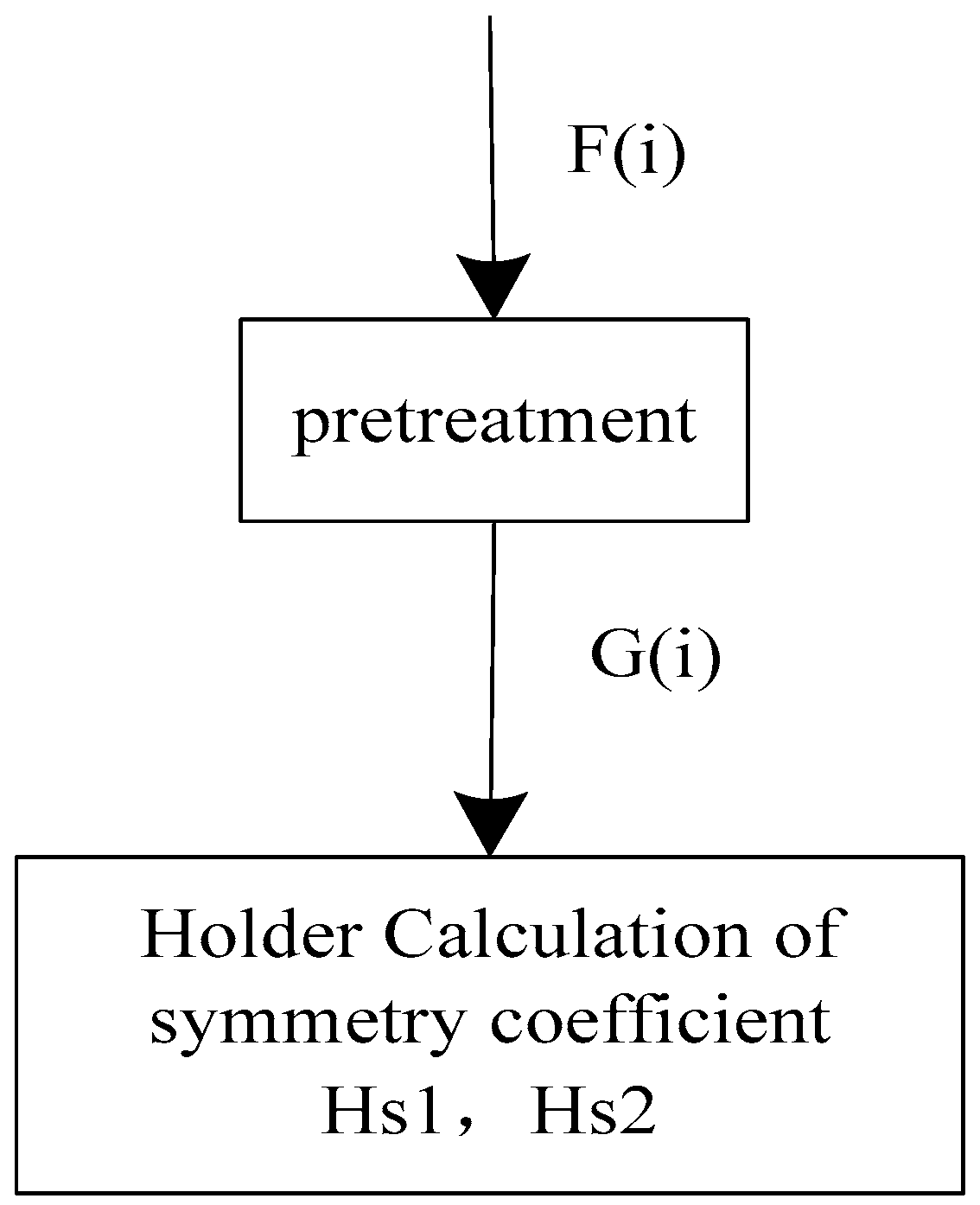
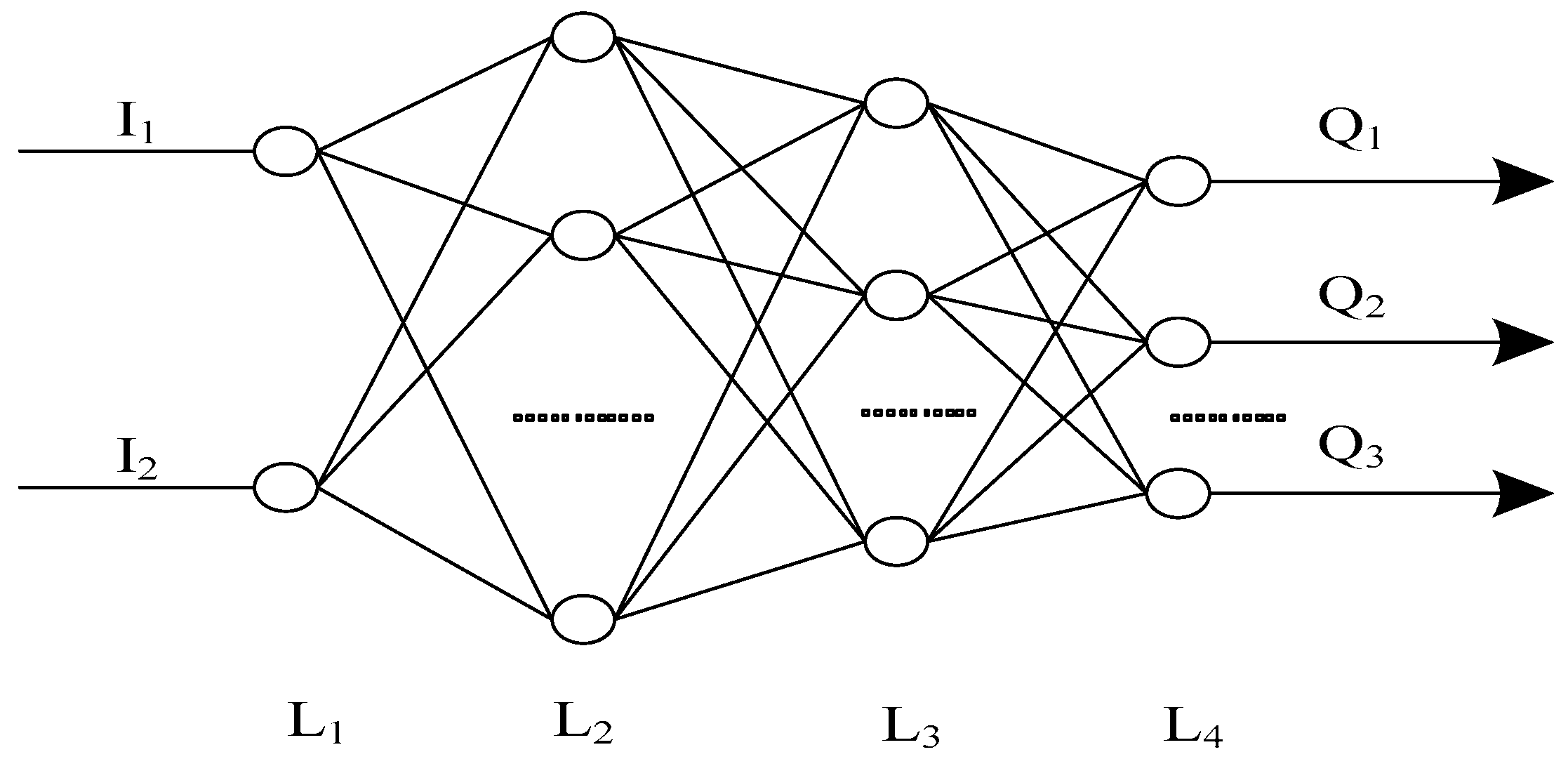
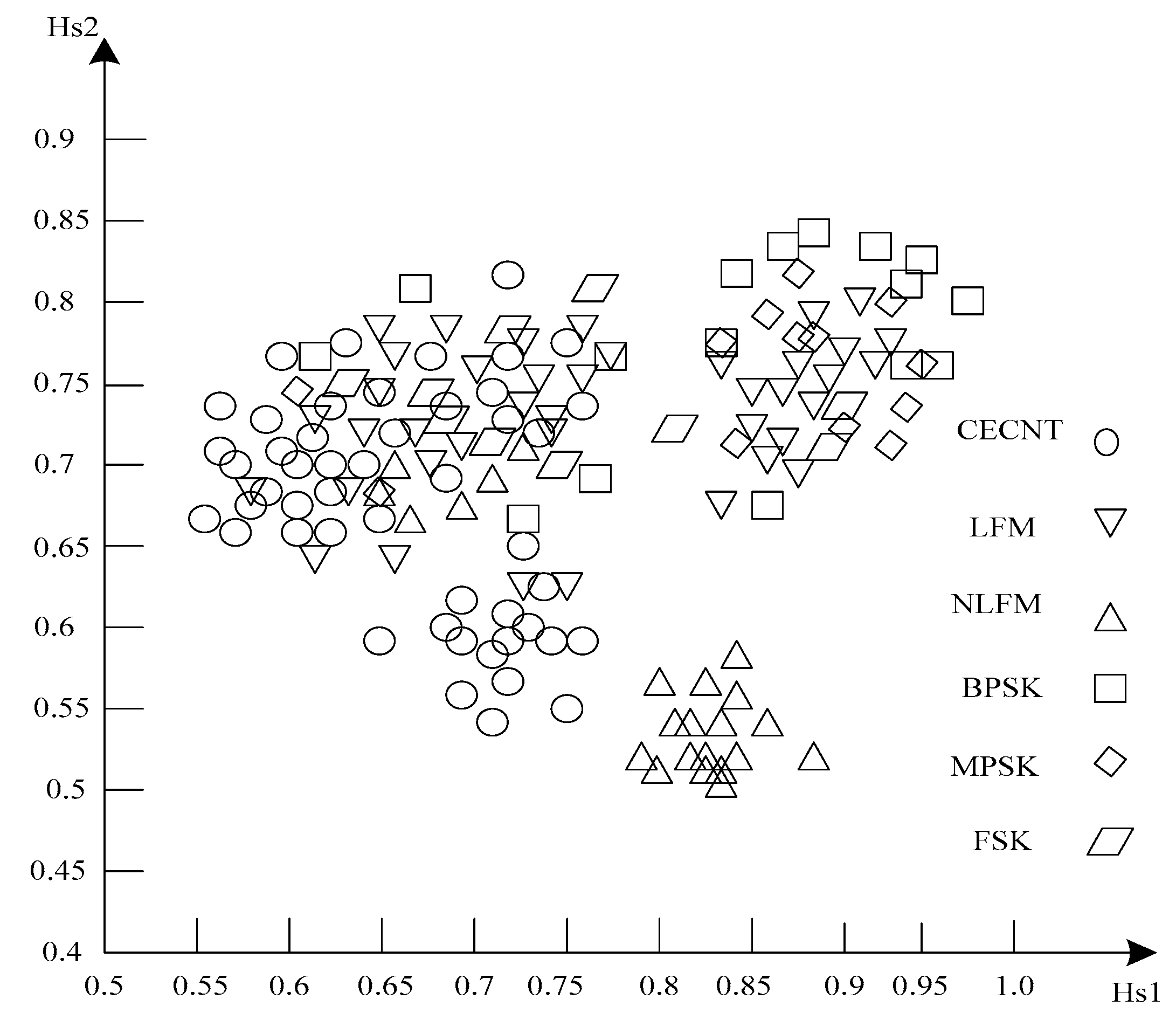
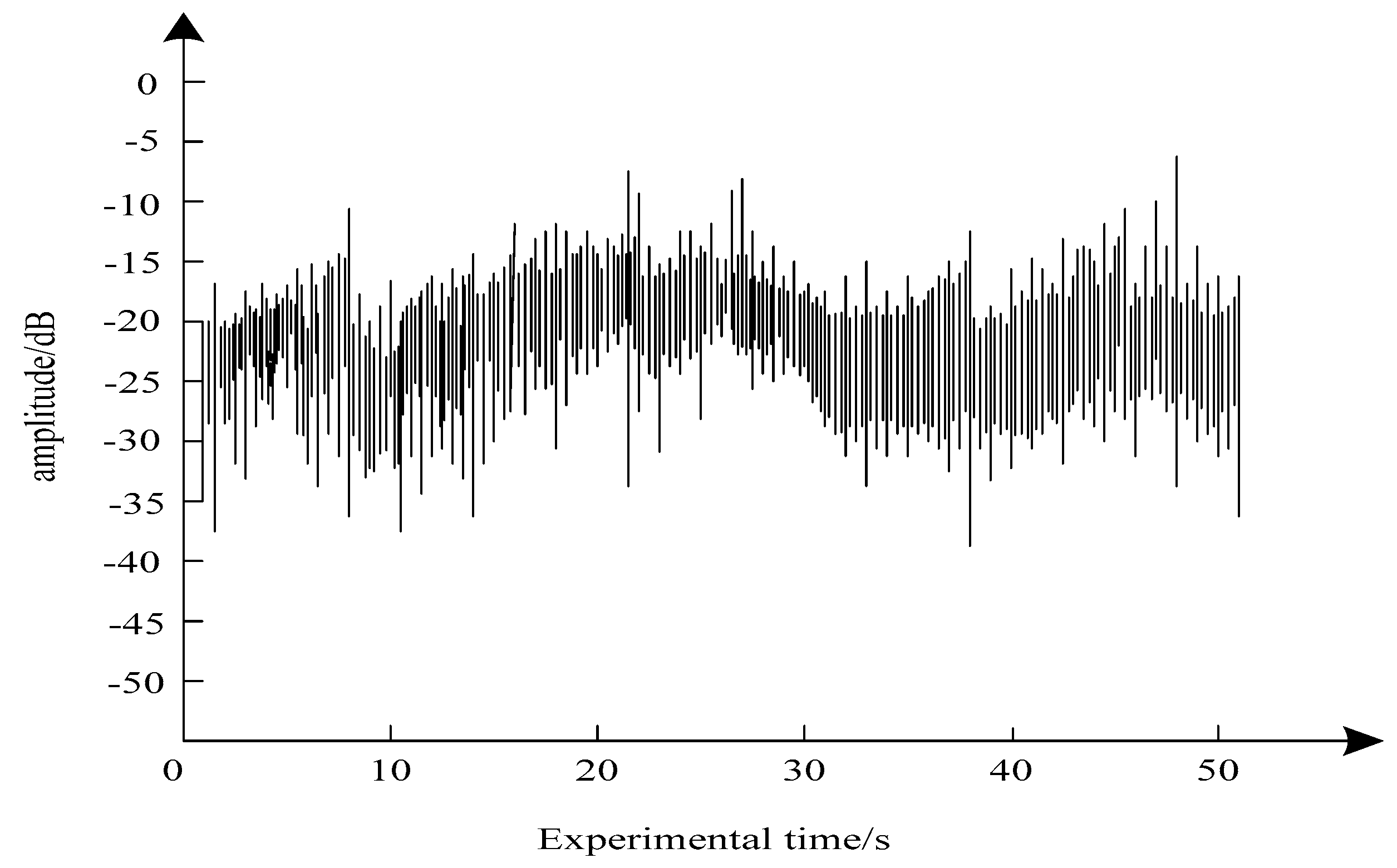
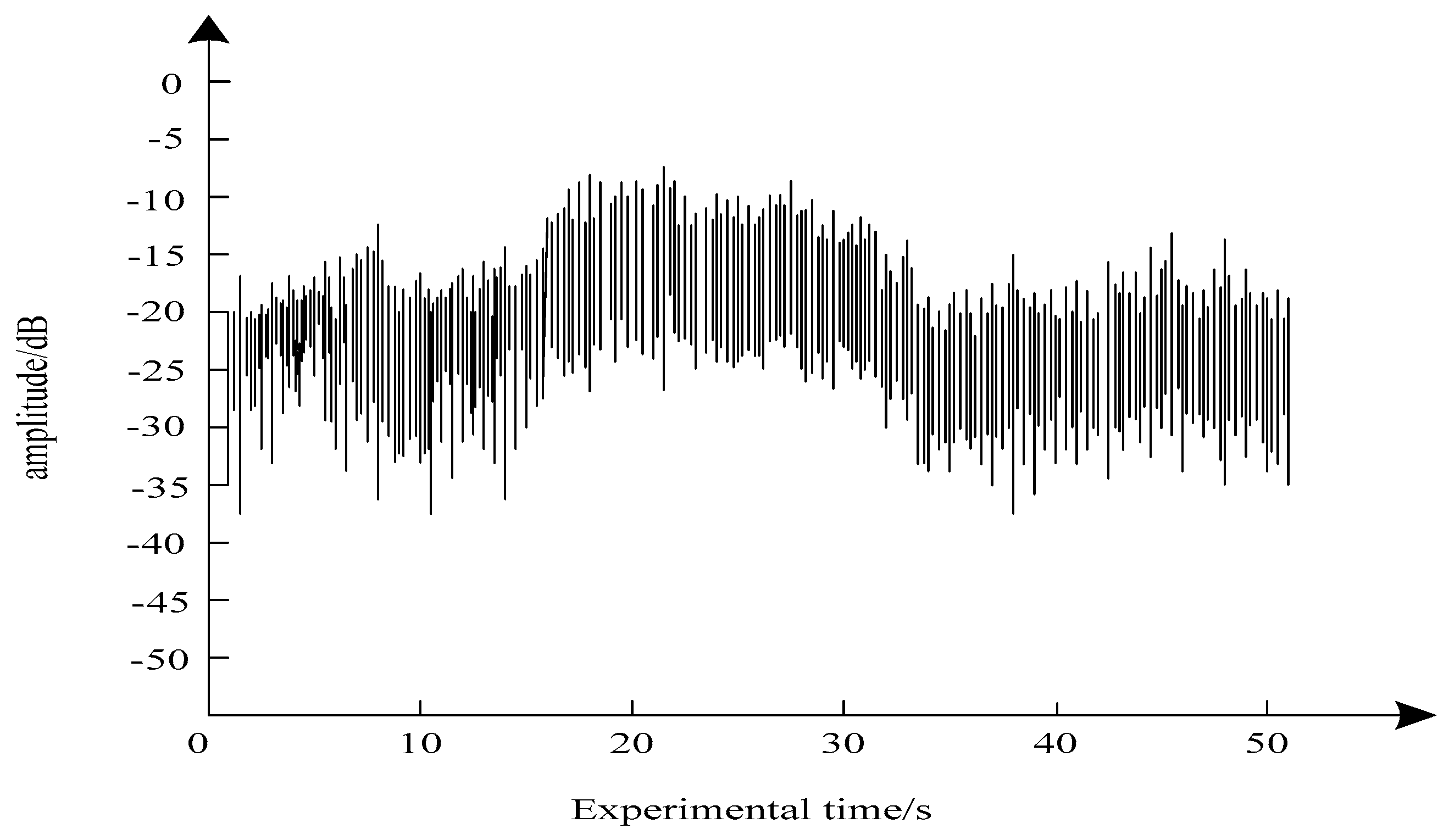

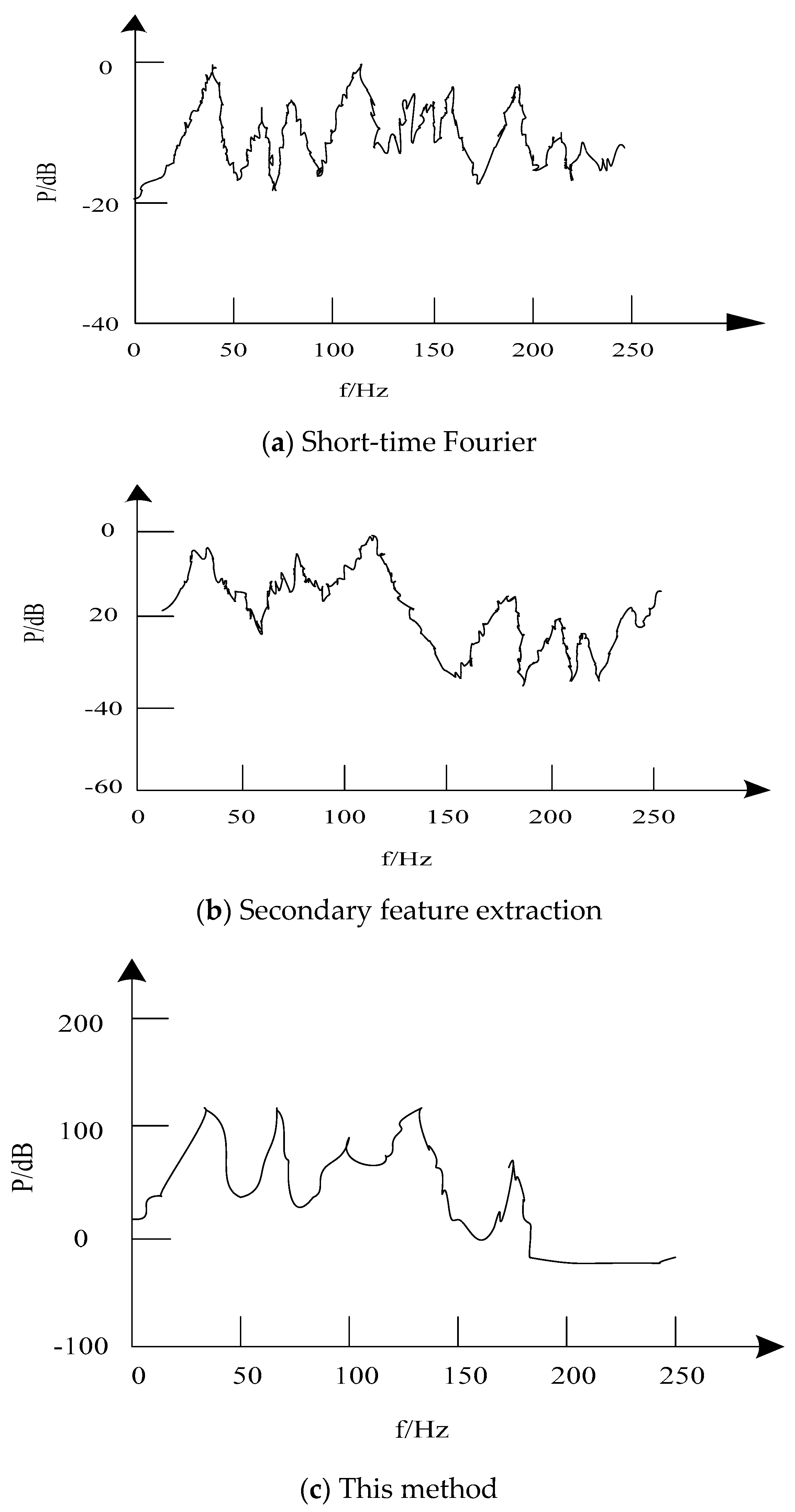



| p-Value | 2 | 3 | 4 | 5 |
| Average Correct Identification Rate (%) | 92.84 | 97.25 | 98.21 | 97.62 |
| p-value | 6 | 8 | 9 | 10 |
| Average Correct Identification Rate (%) | 97.71 | 96.15 | 96.15 | 96.63 |
| Time Domain Check Method | Short-time Fourier extraction method | Quadratic Feature Extraction Method | This Method | |
|---|---|---|---|---|
| Modulation time feature extraction performance | difference | poor | general | Very good |
| Capability of energy time-varying feature extraction | general | good | good | Very good |
| Frequency band feature extraction performance | no | Better. | good | Very good |
| Method | Signal-to-Noise Ratio (dB) | Stability (%) | Efficiency (%) |
|---|---|---|---|
| This method | 6.99 | 98.6 | 97.4 |
| Quadratic feature extraction method | 2.15 | 69.3 | 73.1 |
| Time domain check | 3.23 | 70.2 | 79.2 |
| Short time Fourier | 2.56 | 60.5 | 74.1 |
© 2019 by the author. Licensee MDPI, Basel, Switzerland. This article is an open access article distributed under the terms and conditions of the Creative Commons Attribution (CC BY) license (http://creativecommons.org/licenses/by/4.0/).
Share and Cite
Song, D. Feature Extraction Method of Transmission Signal in Electronic Communication Network Based on Symmetric Algorithm. Symmetry 2019, 11, 410. https://doi.org/10.3390/sym11030410
Song D. Feature Extraction Method of Transmission Signal in Electronic Communication Network Based on Symmetric Algorithm. Symmetry. 2019; 11(3):410. https://doi.org/10.3390/sym11030410
Chicago/Turabian StyleSong, Dingyu. 2019. "Feature Extraction Method of Transmission Signal in Electronic Communication Network Based on Symmetric Algorithm" Symmetry 11, no. 3: 410. https://doi.org/10.3390/sym11030410
APA StyleSong, D. (2019). Feature Extraction Method of Transmission Signal in Electronic Communication Network Based on Symmetric Algorithm. Symmetry, 11(3), 410. https://doi.org/10.3390/sym11030410




